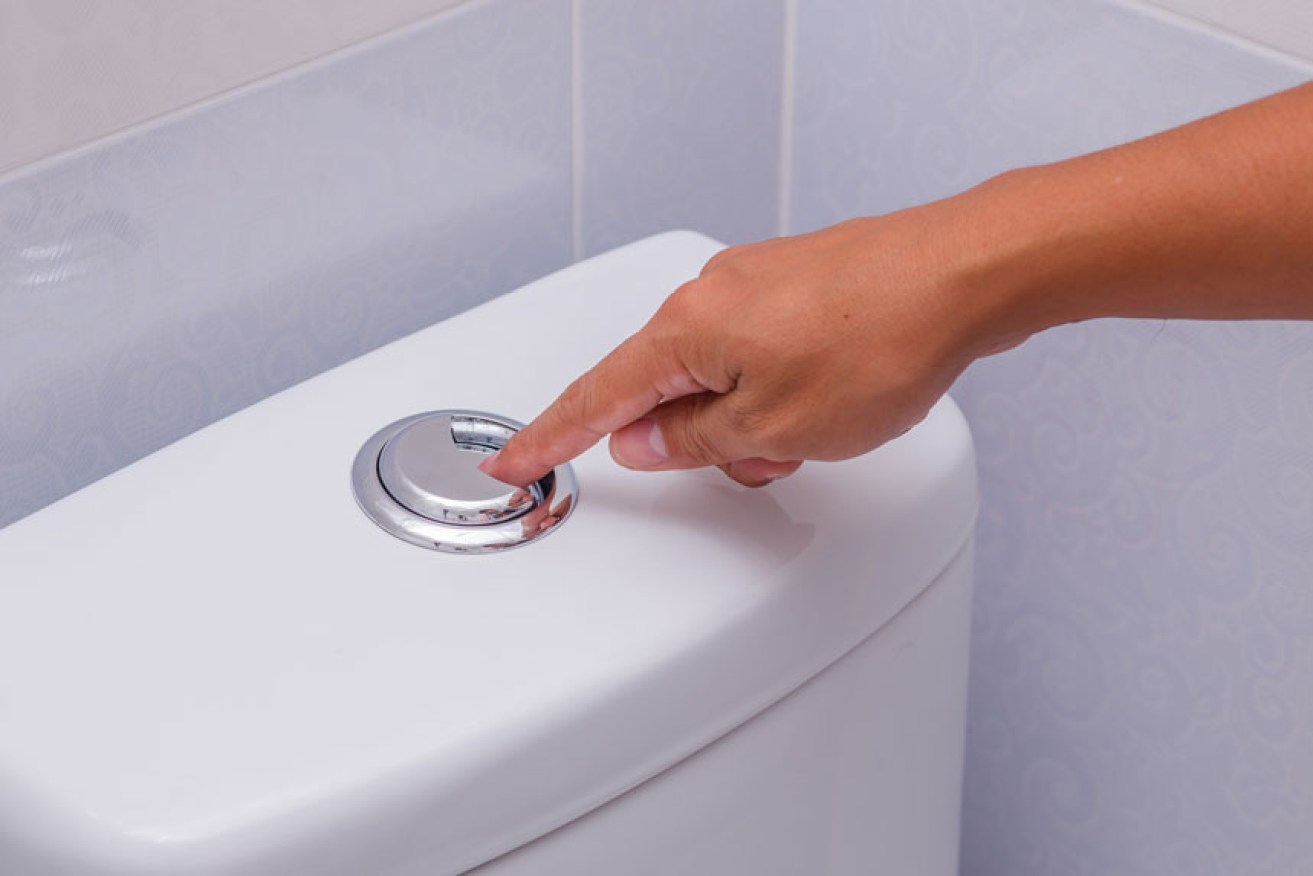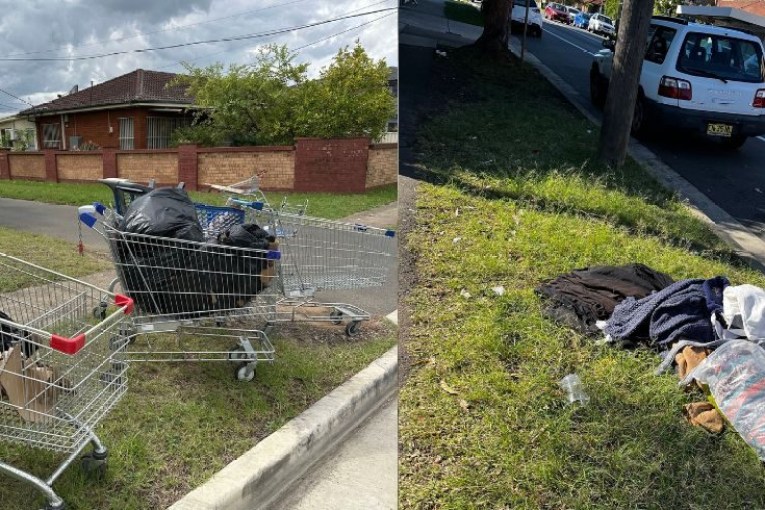Australians are flushing the environment down the S-bend

Just because something can be flushed down the toilet doesn't mean it should be. Photo: Shutterstock
Each and every day tonnes of rubbish that should have been binned leaves homes across Australia, bobs through the sewers and arrives at the nation’s water treatment plants.
It’s a revolting cocktail that can typically include underpants, plastic, wet wipes, ear buds, dental floss, cigarette butts, tampons, condoms, sewage and grey water from countless kitchens, bathrooms and laundries.
The soup also includes medications that have been flushed down the loo, everything from antibiotics and pain killers to hormones and drugs that lower cholesterol.
It’s a big, costly problem for the companies that manage the nation’s wastewater infrastructure. But it’s also a problem for the environment.
To understand why, it’s important to know that everything that vanishes down domestic sinks, drains and toilets ends up mixed together.
When the concoction arrives at a wastewater treatment plant, screens are used to remove the rubbish that should not be there.
It’s then treated to a high level and discharged into the ocean or into rivers that flow into the sea.
Adam Lovell is the executive director of Water Services Association of Australia. Its members are the utility companies that provide water and wastewater services to millions of people in Australia and New Zealand.
He knows a thing or two about the environmental harm that can result when the wastewater system is treated like a garbage disposal unit.
A prime example, he says, is the well-known problem caused by so-called “flushable” wipes. Sure they can be flushed but they shouldn’t be because they don’t break down.
Foul ‘fatbergs’
They then build up in sewers, creating the perfect foundation for “fatbergs” or “whitebergs” that can rapidly grow, block pipes and send untreated sewage spilling into creeks.
“I’ve seen dreadful pictures where they are all over the greenery around a creek bed,” he says.
“People, in general, are using toilets as a trash can. But it’s not. It’s really for the three Ps – pee, poo and paper.
“That’s what they are designed for and do well. They take away the waste, it’s treated really well, to really good standards, and it’s returned back to the environment without too many hassles.”
Mr Lovell is thrilled that a solution to fatbergs and whitebergs is imminent, with work well advanced on a new Australian standard for wet wipes to ensure they do break down when flushed.
But what about all the other nasties causing problems? There are some simple changes Australians can make at home that will make a huge difference.
The kitchen sink
Food in the wastewater stream is a problem because it increases something called biochemical oxygen demand (BOD).
BOD is a measure of the amount of dissolved oxygen microorganisms need to break down nutrients such as nitrogen and phosphorus.
Water with a high BOD can weaken the sewer system by eating away at pipes and requires more energy to treat for reuse.
If wastewater with a high BOD enters natural waterways it can suck oxygen out of the receiving waters, causing fish kills and ecosystem changes.
But keeping food out of wastewater is easy: use a filter that sits in the plug hole and when you need to get rid of sloppy foods, wrap it in newspaper and bin it.
The bathroom
The message here is plain and simple: toilets are not rubbish bins.
They are only designed for human waste and a bit of loo paper. They certainly should not be used to dispose of unwanted medications.
Last year, a study involving three Australian universities commonly detected pharmaceuticals in the surface waters of the Brisbane River, Sydney Harbour and Melbourne’s Yarra River.
And survey work by Australia’s Return Unwanted Medicines (RUM) program has found about 20 per cent of people flush unwanted medications down the loo.
Program manager Toni Riley says most drugs people take are excreted through urine so there’s always going to be some in the water.
“But we don’t need to add to it. When they get into waterways they can get into our food growing areas.
“There’s been quite a bit of work done in the US about the feminisation of fish happening over there because of the amount of hormone that’s in the water. So there’s huge impacts.”
The vast majority of Australian pharmacies are part of the free RUM program, which collects unwanted medications and ensures they are safely incinerated.
The laundry and drains
It goes without saying but laundry sinks and outdoor drains are no place for petrol, grease, oil, pesticides and herbicides, paint and solvents like paint stripper.
They’re toxic, harmful and can be difficult to remove in the water treatment process.
Councils across Australia offer safe disposal systems for chemicals and other hazardous materials. Detailed advice on what to do with specific substances is found here: https://recyclingnearyou.com.au/materials/
Mr Lovell says the urban water industry will be part of achieving a truly circular economy in Australia, focused on as much re-use and recycling as possible.
“The past was that linear system – catch the water in a dam, send it to a drinking water treatment plant, it goes to a tap and is used in the home, then it’s back into the sewerage system, a wastewater treatment plant and a river or the ocean,” he said.
But the future will be different, with some wastewater treatment plants already re-badging themselves as resource recovery centres intent on mining the nation’s raw sewage asset.
“You want to keep anything unnecessary out of the wastewater stream because we want to reuse that water for the best available purposes.
“We want to use the carbon that’s in there, we want to capture the nitrogen and the phosphorous, we want to capture the heat, potentially, and reuse it.”
For Australian households the message is clear: less is more when it comes to what’s going down the drain and the loo.
-AAP








